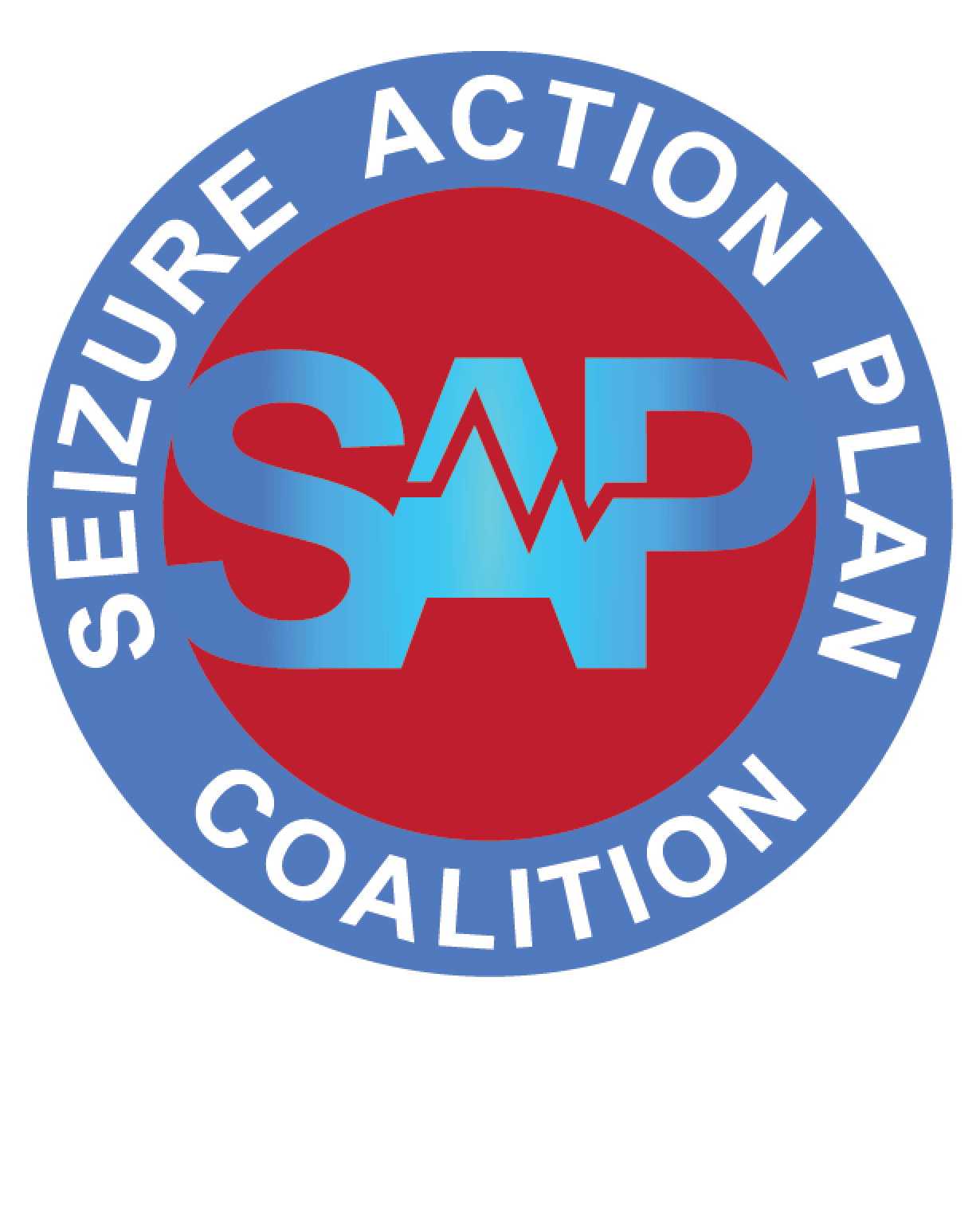For Healthcare Providers
A SAP can reduce the time between the onset of a seizure emergency and the patient receiving rescue medication. The timing to rescue administration is often prolonged in both home and medical settings [7], which may lead to poorer outcomes for the patient. Faster administration of rescue interventions has been associated with reduced risk of prolonged seizures, reduced mortality, and reduced need for additional rescue medications [1-4].
Additionally, patients and caregivers with a SAP in place are more knowledgeable and confident around managing seizures and acting in an emergency [5-6], and a clear and concise SAP can also be used to guide medical professionals responding to a seizure emergency.
Improving the lives of of people with epilepsy and their caregivers includes a patient-centered approach. We encourage healthcare providers to discuss and develop a seizure action plan with their patients. When developing a SAP we suggest keeping the language simple and easy to follow and 1-2 pages maximum. Since the individual following the SAP may not be familiar with the patient, it should include basic seizure safety steps and pictures of medication may also be helpful. Be sure to have a clear and easy to follow emergency plan for the patient, including: simple instructions on when to administer medication and dosing (including additional doses); when to call the neurology provider; and when to call emergency services or go to the emergency department. SAP templates can be found on our Resources page.
Suggested Training:
Epilepsy Alliance America connected caregivers of children with epilepsy to PRIME Education who participated in focus groups which contributed to the content of this program. Epilepsy Alliance America did not participate in the creation of the content beyond those introductions. We share the training here as a resource for Health Care Providers to learn more about this important subject that directly impacts people with epilepsy.
Suggested Publications:
- Volkers N et al (2024) Seizure action plans: More than management tools for epilepsy. International League Against Epilepsy. Epigraph 2024; 26(2): 94-99.
- Patel AD et al (2020) Using quality improvement to implement the CNS/AAN quality measure on rescue medication for seizures. Epilepsia 61(12): 2712-2719. doi: 10.1111/epi.16713
- Albert DVF et al (2019) Seizure Action Plans for Pediatric Patients With Epilepsy: A Randomized Controlled Trial. Journal of Child Neurology. 34(11): 666-673. doi:10.1177/0883073819846810
- Berg AT et al (2019) Seizure burden in severe early‐life epilepsy: Perspectives from parents. Epilepsia Open. 4(2): 293-301. doi: 10.1002/epi4.12319
- Penovich PE et al (2017) Burden of Seizure Clusters on Patients With Epilepsy and Caregivers. The Neurologist. 22(6): 207-214. doi: 10.1097/NRL.0000000000000140
- Abend NS and Loddenkemper T (2014) Pediatric Status Epilepticus Management. Curr Opin Pediatr 26(6): 668-674. doi:10.1097/MOP.0000000000000154
- Gainza-Lein M et al (2017) Rescue Medications in Epilepsy Patients: A Family Perspective. Seizure. 52: 188-194. doi: 10.1016/j.seizure.2017.10.007
- Jafarpour S et al (2018) Seizure cluster: Definition, prevalence, consequences, and management. Seizure 68: 9-15. doi: 10.1016/j.seizure.2018.05.013
- Wallace A et al (2019) Seizure Rescue Medication Use among US Pediatric Epilepsy Providers: A Survey of the Pediatric Epilepsy Research Consortium. The Journal of Pediatrics 212: 111-116. doi: 10.1016/j.jpeds.2019.05.034
- Neville KL et al (2020) Implementation of a Standardized Seizure Action Plan to Improve Communication and Parental Education. Pediatric Neurology. 112: 56-63. doi: 10.1016/j.pediatrneurol.2020.04.005
- Gidal B et al (2020) Seizure clusters, rescue treatments, seizure action plans: Unmet needs and emerging formulations. Epilepsy & Behavior 112: 107391. doi: 10.1016/j.yebeh.2020.107391




